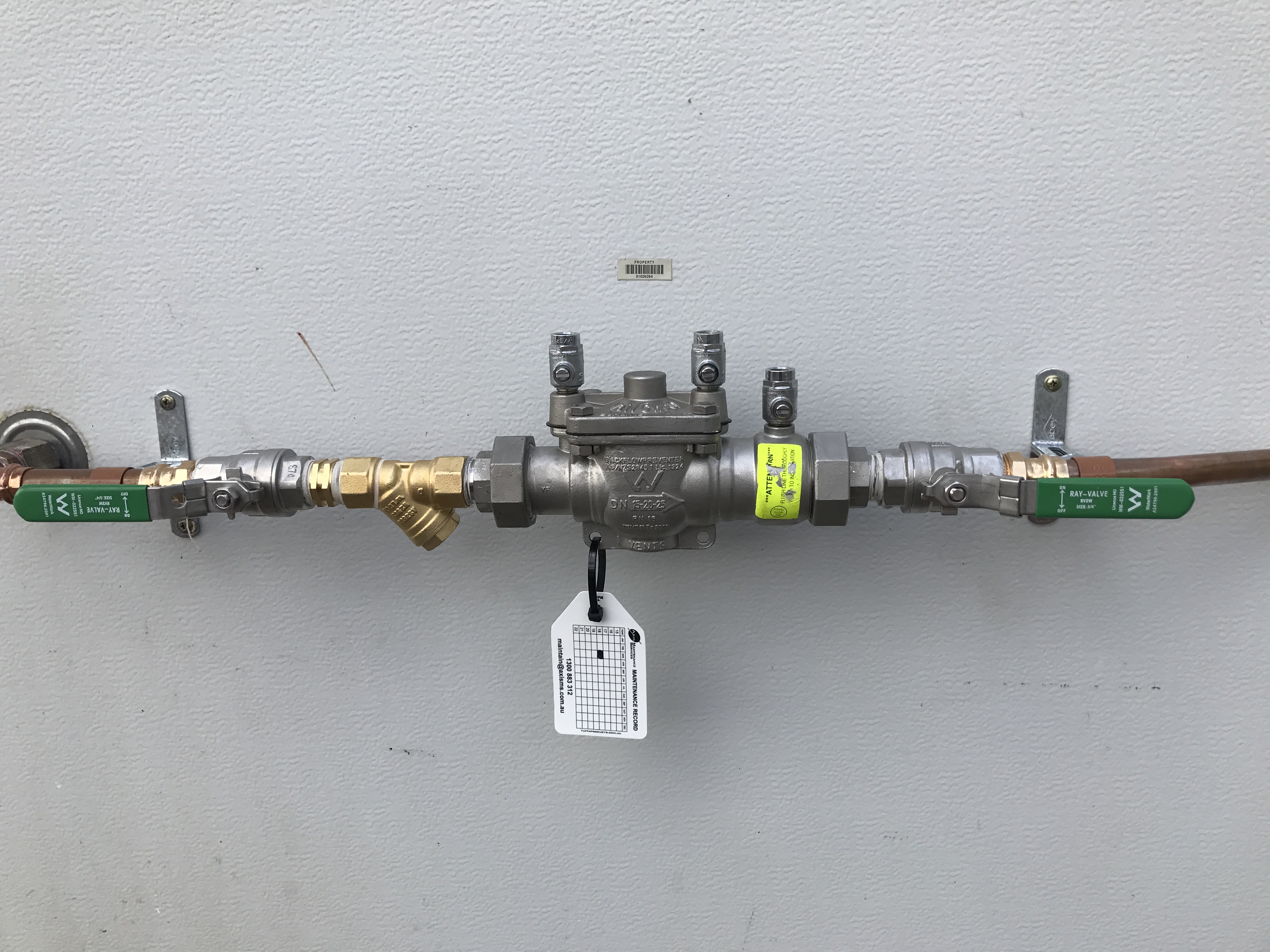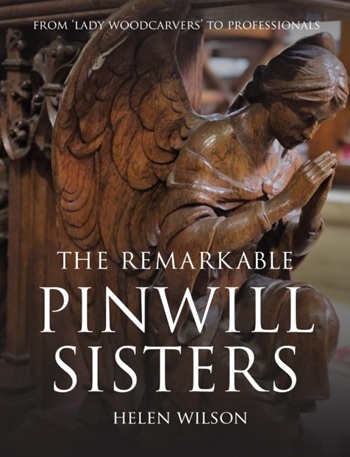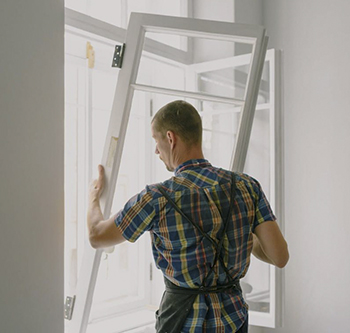Back siphonage

|
| This backflow prevention device includes a valve assembly with isolation valves and strainer. |
Collins Complete Do-It-Yourself Manual was published in 1986. It was created for William Collins Sons & Co. Ltd. by Jackson Day and conceived by Jackson Day Jennings Ltd.
It defines back siphonage as: ‘The siphoning of part of a plumbing system caused by the failure of mains water pressure’.
The negative pressure (or vacuum) that results in back siphonage can happen under conditions such as a water mains break or an increased use of water for fire fighting or construction purposes. When the vacuum occurs and the supply pressure decreases, back siphonage causes the water flow (or other liquid substances) to reverse.
Back siphonage may result in contaminated water being pulled into the clean water supply. This action is referred to as backflow. Backflow can also take place due to back pressure, which can occur when there is higher pressure in the system than in its supply. This can happen in certain types of heating systems where the pressure is increased for some reason (such as thermal expansion in unvented systems).
[edit] Preventing back siphonage
Air gaps can be used to help prevent both back siphonage and backflow. An air gap is a cleared vertical space that is placed in a way that allows it to control the water supply. These gaps can be used to regulate the pressure.
An atmospheric vacuum breaker (or AVB) can be used to prevent back siphonage. It is a type of backflow prevention device that can be used in situations where it is not possible to create an air gap.
Water-using appliances must provide an acceptable degree of protection against backflow or back siphonage. These parameters are determined in BS 6280:1982 Method of vacuum (backsiphonage) test for water-using appliances. Recommendations are also proscribed under the Water Supply (Water Fittings) Regulations 1999.
[edit] Related articles on Designing Buildings
- Backflow.
- Mains water.
- Plumbing.
- Potable water.
- Siphon.
- Vacuum breaker.
- Warning pipe.
- Water consumption.
- Water Services Regulation Authority.
- Water Supply (Water Fittings) Regulations 1999.
[edit] External resources
Featured articles and news
Licensing construction in the UK
As the latest report and proposal to licence builders reaches Parliament.
Building Safety Alliance golden thread guidance
Extensive excel checklist of information with guidance document freely accessible.
Fair Payment Code and other payment initiatives
For fair and late payments, need to work together to add value.
Pre-planning delivery programmes and delay penalties
Proposed for housebuilders in government reform: Speeding Up Build Out.
High street health: converting a building for healthcare uses
The benefits of health centres acting as new anchor sites in the high street.
The Remarkable Pinwill Sisters: from ‘lady woodcarvers’ to professionals. Book review.
Skills gap and investment returns on apprenticeships
ECA welcomes new reports from JTL Training and The Electrotechnical Skills Partnership.
Committee report criticises UK retrofit schemes
CIOB responds to UK’s Energy Security and Net Zero Committee report.
Design and construction industry podcasts
Professional development, practice, the pandemic, platforms and podcasts. Have we missed anything?
C20 Society; Buildings at Risk List 2025
10 more buildings published with updates on the past decade of buildings featured.
Boiler Upgrade Scheme and certifications consultation
Summary of government consultation, closing 11 June 2025.
Deputy editor of AT, Tim Fraser, discusses the newly formed society with its current chair, Chris Halligan MCIAT.
Barratt Lo-E passivhaus standard homes planned enmasse
With an initial 728 Lo-E homes across two sites and many more planned for the future.
Government urged to uphold Warm Homes commitment
ECA and industry bodies write to Government concerning its 13.2 billion Warm Homes manifesto commitment.
From project managers to rising stars, sustainability pioneers and more.
Places of Worship in Britain and Ireland, 1929-1990. Book review.
The emancipation of women in art.























